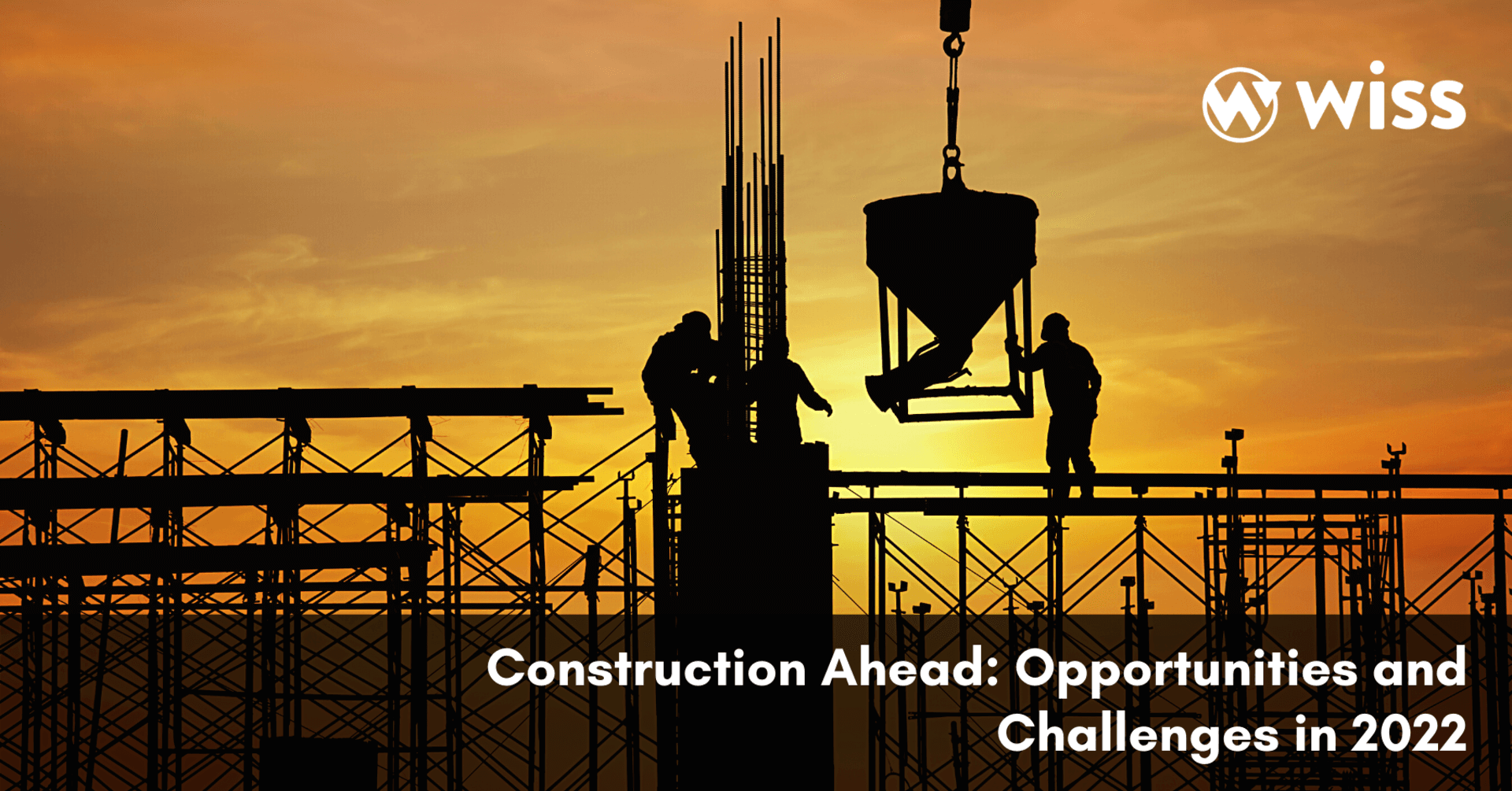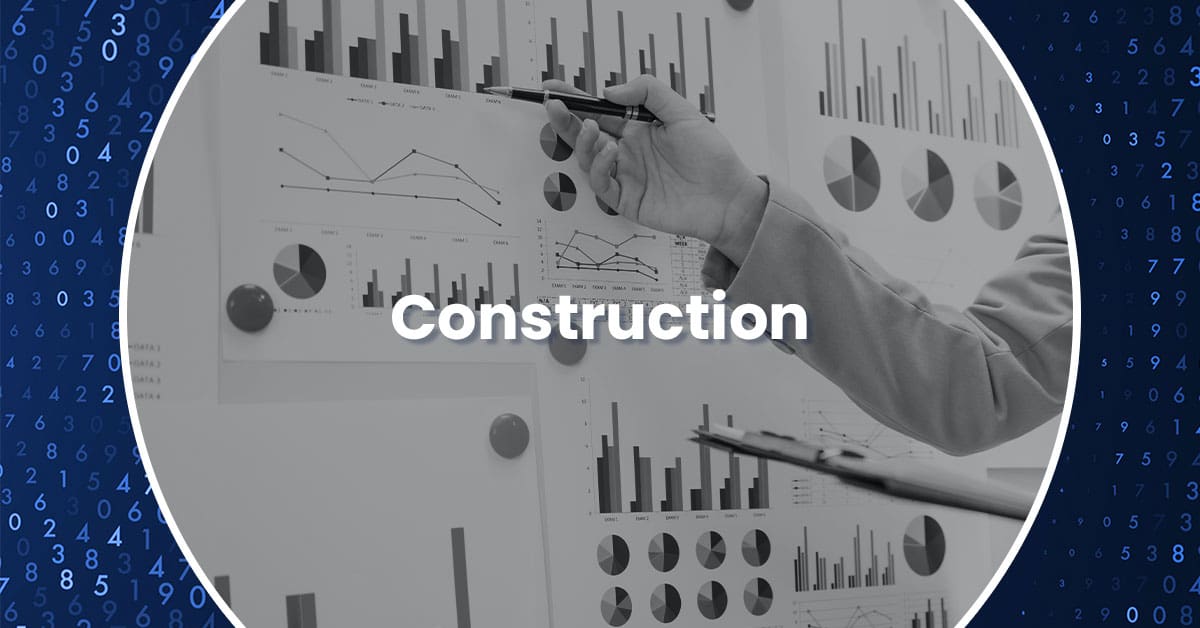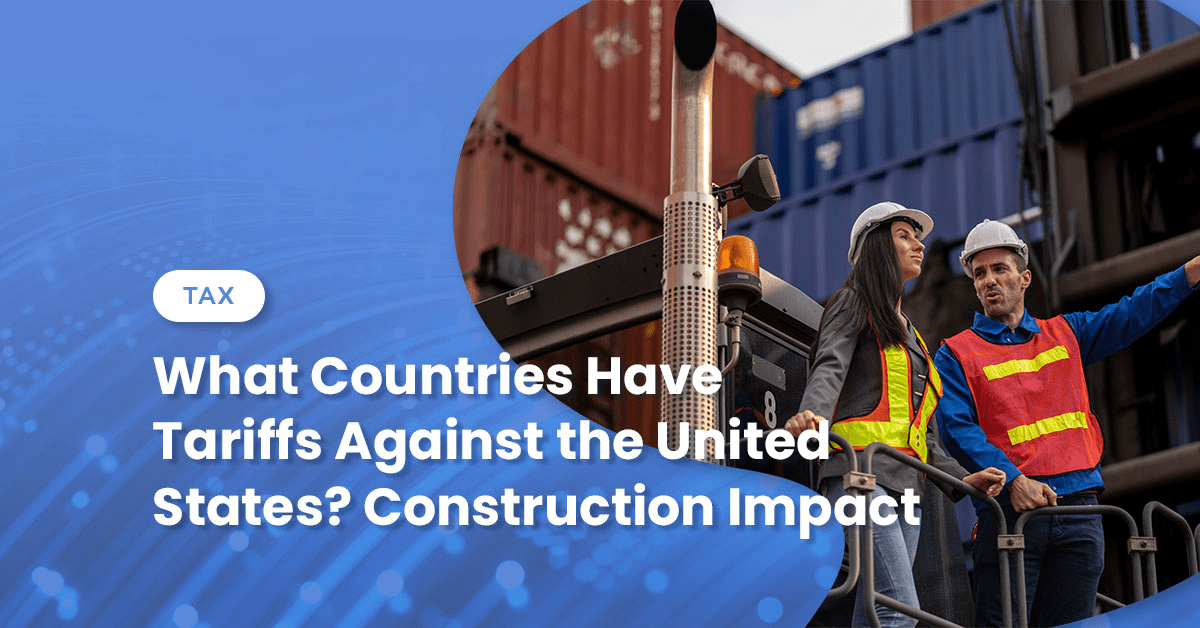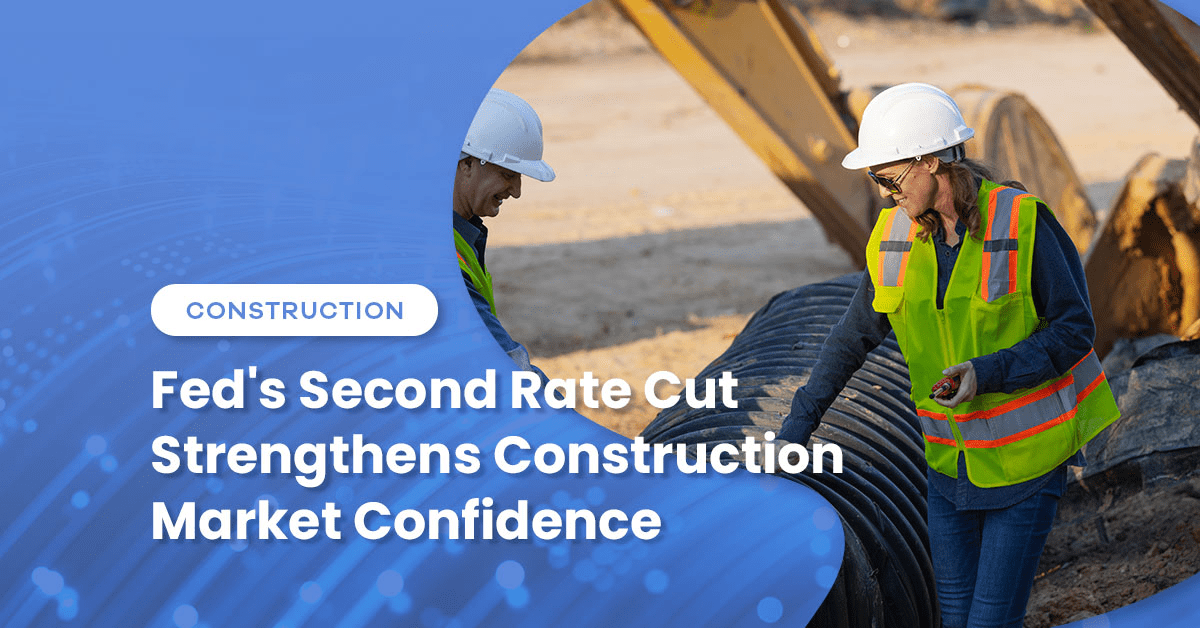CONSTRUCTION AHEAD: OPPORTUNITIES AND CHALLENGES IN 2022
The Infrastructure Investment and Jobs Act (H.R. 3684) will inject approximately $3 trillion into upgrading and expanding U.S. infrastructure, presenting a long horizon of opportunity for the construction industry.
But to what extent will ongoing supply chain disruption, labor shortages and competition for materials continue to pose challenges for developers and project owners? Investors, project owners and other stakeholders should be aware of the obstacles the industry is facing and the steps it is taking to address them.
Stimulus stymied by lack of labor, materials and resources
Also known as the Bipartisan Infrastructure Deal, the Infrastructure Investment and Jobs Act aims to repair and rebuild U.S. roads and bridges, upgrade public transportation and airports and update power infrastructure, among making other improvements. In conjunction with President Biden’s Build Back Better Framework, Moody’s Analytics projects it will create 1.5 million jobs per year for the next decade.
Government stimulus for infrastructure projects comes as demand for housing construction projects soars. U.S. Census Bureau data revealed that new home construction starts jumped 6.8% in February 2022, up 22% from February 2021. The median home price has nearly doubled in the last decade, an uptick accelerated by the COVID-19 pandemic.
The National Association of Home Builders Priced-Out Estimates for 2022 concluded that roughly 69% of all U.S. households are unable to afford a median-priced new home. Rents have also climbed 17% since last year, per Redfin, and Bloomberg reports rental occupancy rates have hit 97%, making construction demand in the affordable housing sector particularly high.
A growing focus on renewable energy provides another opportunity for construction. The U.S. Energy Information Administration (EIA) expects renewable power generation to surpass coal power generation in 2022, and the U.S. Department of Energy (DOE) places annual investments in wind energy projects at $10 billion. There are 180 onshore projects scheduled for the next five years alone.
Technological advancements in solar panel production and government incentives such as the solar investment tax credit have made solar energy more affordable. Solar power is the nation’s fastest-growing source of electricity. Increased availability and a shift toward environmental, social and governance (ESG) corporate values support an average annual solar energy sector growth rate of 42%, according to Solar Energy Industries Association (SEIA) estimates.
The Bipartisan Infrastructure Bill, elevated demand for housing and rapid growth of renewable energy sectors necessitate new construction starts, but projects are hitting snags. Following a strong February, total construction activity declined 12% in March, per Dodge Construction Network. The pipeline of projects is jammed by ongoing issues facing the construction industry.
Infrastructure deal could exacerbate existing labor shortage
It’s no secret the construction industry has been struggling to attract and retain skilled workers. More than 2 million workers over the next three years are needed to satisfy current housing demand alone, according to the Home Builder Institute (HBI). The pipeline of prospects is weak, as the pandemic exacerbated a steady decline in vocational school enrollments. Construction’s current workforce is spread thin across various high demand real estate sectors. The coming months will likely see an overlap between the labor pool for industrial real estate construction and the labor pool for multifamily construction initiatives.
Infrastructure projects similarly suffer. Despite its intention to create hundreds of thousands of construction jobs, the Bipartisan Infrastructure Deal may only exacerbate the industry’s existing labor shortage. The Biden administration had initially proposed that $100 billion be dedicated to workforce development programs but many large-scale investments in training and apprenticeship initiatives didn’t make it into the bill’s final iteration. Though President Biden’s proposed Build Back Better Act included about $40 billion for workforce development and education to be allocated over the next few years, labor experts and training advocates feared this amount would be insufficient. Furthermore, the fate of the Build Back Better Act, which was all but moribund in December 2021 before Biden began to try to resurrect it earlier this year, is undecided.
A 2017 study conducted by the National Center for Construction Education & Research estimated that approximately 41% of the current construction workforce would retire by 2031. As reported by the Federal Reserve Bank of St. Louis, the pandemic prompted more than 2.4 million Americans to pursue early retirement.
A convergence of factors raises materials costs and depletes resources
Construction projects are competing for labor as well as materials. The cost of materials has steadily risen since 2019. Supply chain disruption worsened by the pandemic intensified this increase. Linesight’s Commodity Report revealed flat steel prices jumped 131%, lumber prices by 32% and copper by over 50% in 2021 alone.
Resources are also scarce. The rise of oil prices is aggravated by the U.S. ban on Russian oil imports. The increased focus on ESG may create additional opportunities for construction, but these may be offset to a degree by the Biden administration’s and environmentalist group’s efforts to discourage development of oil pipelines on or transportation of oil across U.S. soil.
Tariffs are another contributor. The 2022 BDO Manufacturing CFO Outlook Survey found that 46% of manufacturers are reevaluating their international supply chain and logistics in pursuit of tariff mitigation, and 33% plan to do so in the next 12 months. Tariff mitigation efforts are underway, but the construction industry is losing patience. Tariffs on Canadian lumber shipments are credited with inflaming price volatility that caused the cost of a typical single-family home to rise by more than $18,600 and added roughly $10,000 to the cost of a typical apartment since August 2021, according to the National Association of Home Builders (NAHB).
Next Steps: Overcoming obstacles
From launching recruitment and training programs to adopting technology to staying informed of alternative material and energy sources, the construction industry should consider taking these steps to ensure the current construction boom isn’t a bust:
- Conduct a labor assessment Successful planning of a construction project includes a labor assessment that considers the local workforce. Some construction firms are aligning with local governments and educators to promote the benefits of a construction career to high school and college students.
- Adopt technology to ease labor challenges In addition to attracting a new cohort of construction workers, construction firms can help retain existing talent by adopting technology to support a safer work environment and offering upskilling opportunities. Upskilling can be a way to ensure that digitalization efforts are effective and that employees see a future at the firm.
- Adopt technology to streamline processes Firms are increasingly employing Augmented Reality (AR) and Virtual Reality (VR) tools to envision layouts and Artificial Intelligence (AI) tools to plan projects — including to forecast costs and materials needed — with greater accuracy. AI also helps project managers anticipate and mitigate risks on sites. Firms are outfitting workers with robotic wearable technology, such as exoskeletons that protect them from injuries and potential long-term effects of a labor-intensive profession.
- Conduct a cost assessment for materials The Bipartisan Infrastructure plan requires that construction materials be sourced from U.S. suppliers. However, it should be noted that President Biden has agreed to waive this requirement in cases of prohibitive costs and inadequate production. Prohibitive costs are defined as materials that would raise the cost of the project by over 25%.
Building construction back better
Passage of the Bipartisan Infrastructure Plan and the Build Back Better Framework, high housing demand and a shift toward renewable energy provide ample opportunity for new construction projects. Despite demand, however, construction projects are increasingly stalled or canceled due to inadequate labor and a dearth of materials linked to inflation, supply chain disruption and environmental concerns. The construction industry can overcome these obstacles through concerted efforts to retain and attract skilled workers and the exploration of alternative energy sources and emerging technology.
Written by Ian Shapiro. Copyright © 2022 BDO USA, LLP. All rights reserved. www.bdo.com

 Previous
Previous






